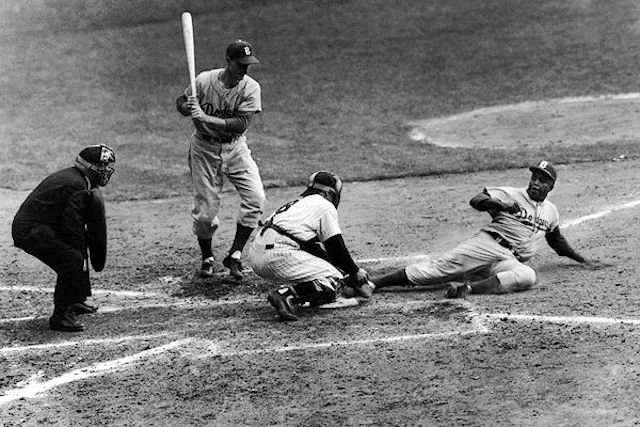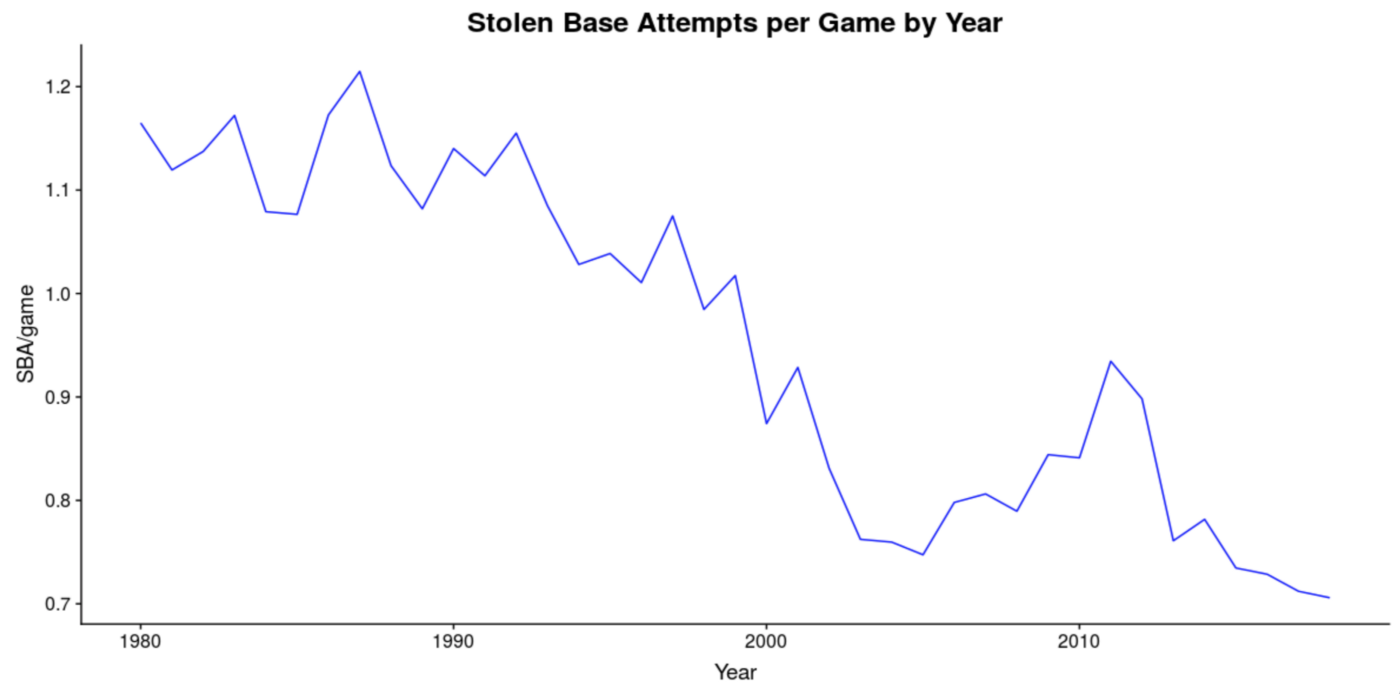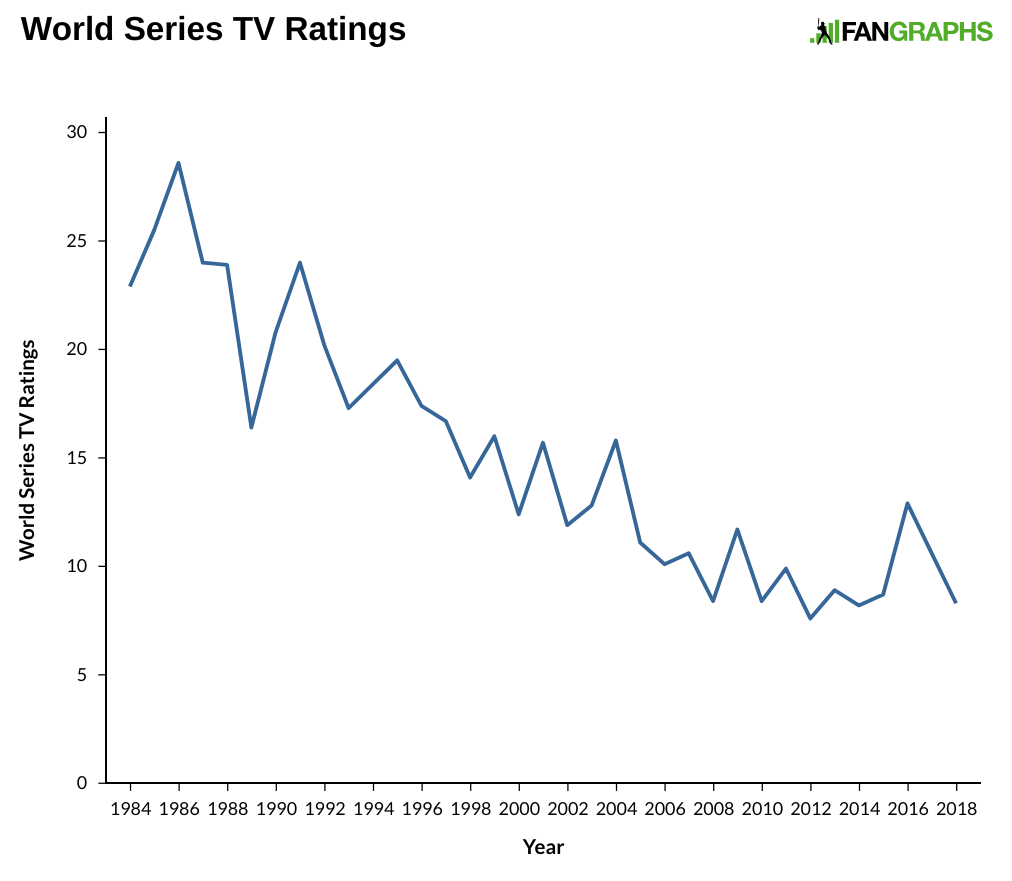The Death of the Stolen base: the cause and impact on MLB viewership
In the 1955 World Series, Jackie Robinson stole home. The risk he took, especially in the World Series, cemented the play as one of the best moments in baseball history. Players like Rickey Henderson made their career and became icons because of their ability to steal bases. But in the last 10 years, the chance for fans to witness moments or players as iconic as Jackie Robinson, Rickey Henderson and others has slowly dwindled.
Here, we see a decline in the 2010s through 2020 in stolen base attempts per game. Much of this stems from the rise of analytics in baseball, specifically the influence of Billy Beane and Moneyball, as front offices are realizing that stolen bases are not worth the risk.
Why are Steals going down? Steals are a High Risk High Reward play, but what is greater, the risk or the reward?
The baseball analytics website Fangraphs created a metric, RE24, calculating the run expectancy in 24 different on base/out situations.
(A steal of second base is signified when it goes from a runner on first with no outs to a runner on second with no outs. A caught stealing situation goes to bases empty with one out)
Stealing second base successfully results in a .237 increase in run expectancy, but getting caught results in a .588 decrease, a net negative. Stealing third base successfully results in a .358 increase, getting caught results in a .825 decrease.
Clearly, there is a risk to attempting to steal a base that is higher than the reward.
But what’s curious is that despite the decline in steal attempts and risks to stealing, base stealers in the modern era are far more successful in base stealing attempts than in years past.
This shows how front offices are becoming more conservative in regards to stealing. Even though there is a much higher success rate than in years past, teams are not willing to take the risk.
How is the lack of steal attempts impacting the entertainment level of the MLB and the viewership?
Although it makes sense for organizations to avoid stealing in the interest of winning, the lacking element of risk makes the games less entertaining for many fans. In fact, ever since the rise of analytics in the Moneyball era, viewership of the MLB has been on a steep decline.
This graph shows similar trends to the stolen bases attempts per year, showing some correlation between the decline in stolen base attempts and World Series viewership. However, this correlation is not enough to conclude that a decline in steals is a cause of this. Nonetheless, it is interesting to see that viewership has seen a steep decline as teams are becoming more conservative about steals.
To see how stealing in particular has impacted enjoyment of the game, I asked a few questions to baseball fans.
One fan stated that “the lack of stealing makes the game less fun to watch because stealing can create more havoc and situations different from what we are used to seeing today where the only three outcomes are strikeouts, homers, and walks.”
Another fan who had the opportunity to watch legends such as Rickey Henderson laments the fact that fans might never get to witness another player like Henderson.
Just as we saw with the graph above, the the lack of excitement and unpredictability that comes with steals has led to a downward trend in viewership over the past few years. These two quotes from MLB fans illustrates how the MLB has become less exciting with these conservative new tactics.
It turns out that decreasing the number of stolen base attempts is as high risk, high reward as actually stealing a base. While teams can increase their run expectancy and win more games, they risk losing fans and the overall game losing the spirit and excitement that had originally captured the hearts of many fans.




